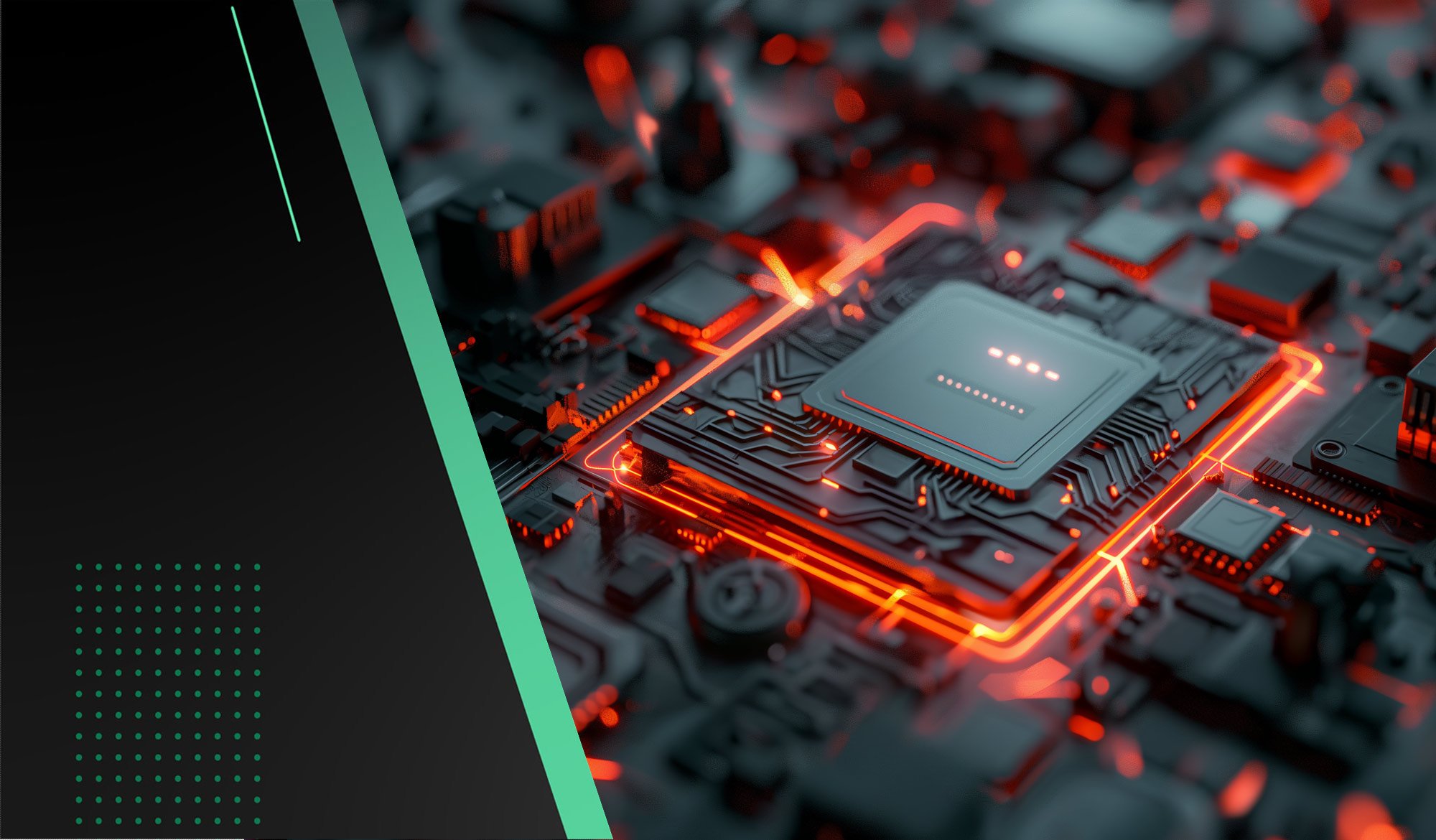In the ever-evolving landscape of technology, the convergence of data and artificial intelligence (AI) has emerged as a transformative force for businesses across industries. From optimizing operations to enhancing customer experiences, the benefits of embracing data-driven AI solutions are undeniable. However, to truly harness the potential of AI, it's crucial for technology leaders to understand the nuanced differences between the key hardware components that drive AI algorithms: the Central Processing Unit (CPU), Graphics Processing Unit (GPU), and Neural Processing Unit (NPU).
The CPU: A Versatile Workhorse

At the heart of every computing device lies the CPU, often hailed as the "brain" of the system. Renowned for its versatility and general-purpose computing capabilities, the CPU excels at executing a wide range of tasks with precision and efficiency. Its architecture prioritizes sequential processing, making it well-suited for handling single-threaded applications and tasks that require complex decision-making.
Strengths
Versatility
From running operating systems to executing complex algorithms, CPUs can handle diverse workloads with ease.
Reliability
CPUs are optimized for stability and reliability, making them ideal for mission-critical applications.
Compatibility
Virtually all software applications are designed to run on CPUs, ensuring seamless integration with existing systems.
Weaknesses
Limited Parallelism
Traditional CPUs are constrained by their inability to efficiently process parallel tasks, leading to performance bottlenecks in parallel computing scenarios.
Cost-inefficiency
Scaling CPU-based systems to meet the demands of AI workloads can be prohibitively expensive, particularly for large-scale deployments.
The GPU: Empowering Parallel Processing

In recent years, GPUs have emerged as game-changers in the realm of AI, thanks to their unparalleled parallel processing capabilities. Originally designed for rendering graphics in video games, GPUs have been repurposed to accelerate compute-intensive tasks such as deep learning and image processing. Unlike CPUs, which prioritize sequential processing, GPUs excel at simultaneously executing thousands of computational tasks in parallel, making them indispensable for training and running complex neural networks.
Strengths
Parallel Processing Power
With thousands of cores optimized for parallel computation, GPUs can dramatically accelerate AI workloads, reducing training times from weeks to hours.
Cost-effectiveness
GPUs offer a compelling price-performance ratio, making them an attractive option for organizations seeking to maximize computational efficiency without breaking the bank.
Scalability
By harnessing the power of multiple GPUs in parallel, organizations can seamlessly scale their AI infrastructure to meet evolving business needs.
Weaknesses
Specialized Use Case
While GPUs excel at parallel processing tasks, they may not be as efficient for sequential or single-threaded applications, limiting their versatility.
Power Consumption
The high computational density of GPUs comes at the cost of increased power consumption, necessitating robust cooling solutions and energy management strategies.
The NPU: Pioneering AI-specific Acceleration

In the quest for AI innovation, a new player has entered the scene: the Neural Processing Unit (NPU). Designed from the ground up to accelerate neural network computations, NPUs are tailor-made for the demanding requirements of deep learning and AI workloads. By optimizing both hardware and software components for AI-specific tasks, NPUs offer unmatched performance and energy efficiency, particularly in edge computing environments where power and space constraints are paramount.
Strengths
AI-specific Optimization
NPUs are purpose-built for accelerating neural network inference and training, delivering superior performance compared to general-purpose CPUs and GPUs.
Energy Efficiency
By minimizing unnecessary overhead and maximizing computational efficiency, NPUs consume significantly less power than their CPU and GPU counterparts, making them ideal for battery-powered devices and IoT applications.
Edge Computing Capabilities
NPUs are well-suited for deployment in edge computing environments, where low latency and real-time inference are critical requirements.
Weaknesses
Limited Versatility
While NPUs excel at AI-specific tasks, they may not be as well-suited for general-purpose computing tasks, limiting their applicability in certain scenarios.
Development Complexity
Building and optimizing software applications for NPUs requires specialized expertise and tools, potentially increasing development costs and time-to-market.
Choosing the Right Tool for the Job
![]()
When it comes to selecting the appropriate hardware for AI initiatives, there is no one-size-fits-all solution. Instead, technology leaders must carefully evaluate the unique requirements and constraints of their AI workloads to determine the optimal hardware configuration. In some cases, a combination of CPU, GPU, and NPU may be the most effective approach, leveraging each component's strengths to achieve the desired performance and efficiency.
Considerations for Decision-makers
Workload Characteristics
Assess the nature of your AI workloads, including the degree of parallelism, computational intensity, and real-time requirements.
Budget and Resource Constraints
Consider the upfront costs, ongoing maintenance expenses, and scalability options associated with each hardware option.
Future-proofing Strategies
Anticipate future advancements in AI hardware and software technologies, ensuring flexibility and adaptability in your infrastructure investments.
Comparing CPUs, GPUs, and NPUs
Conclusion: Embracing the Power of Data & AI

In today's data-driven economy, the ability to harness the power of AI is no longer a competitive advantage—it's a business imperative. By understanding the unique capabilities and trade-offs of CPU, GPU, and NPU technologies, technology leaders can make informed decisions that drive innovation, efficiency, and growth. Whether it's accelerating deep learning algorithms, optimizing real-time inference, or powering edge computing applications, the right hardware configuration can unlock new possibilities and propel your organization towards success in the age of AI.



